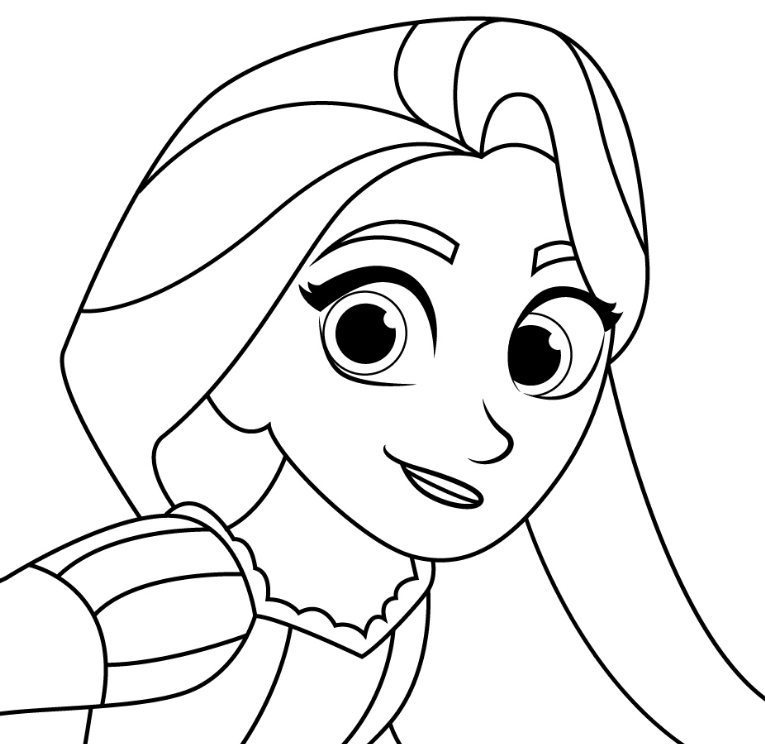Teachings for Drawing a Raptor - A Step-By-Step Guide
Drawing a Raptor only 6 simple tasks! There's no denying that dinosaurs are cool. That said, while we barely know what they would have been, we realize that overall you'll be sure they probably couldn't have been fun to live with. parrot drawing
Movies like the Jurassic Park series try to imagine what it might have been like, but they will remain perpetual guesswork. In light of how terrifying raptors are in movies, that's something to be thankful for. These dinosaurs are very popular among dinosaur lovers, and figuring out how to draw a bird of prey can be fun!
This step-by-step guide on the most proficient method to attract a raptor 6 absurd and simple tasks will show you how to breed this scary dinosaur!
Instructions for drawing a raptor - We should start!
Level 1
the most effective method to draw a stage 1 raptor There are jokes in archeology about what dinosaurs looked like, but we'll stick with this guide's exemplary understanding of how best to draw a raptor. To start this wizard, we will first draw the upper part of this fearsome dinosaur. There are a lot of intricacies to remember for this image, so while you're working on it, you should make an honest effort to recreate the lines exactly as they appear on our model.
We will involve a bunch of bent lines for the head for the design. You can then draw a slightly tight shape for the eye and set a boundary that lowers it for that reptilian look. The open mouth will also be drawn using curved lines, and of course, we will also add groups of sharp teeth inside. Add the pointed tongue inside the mouth, and then you can add subtle curved lines to the face for more definition. Polish it by drawing sharp points on the back of the head, then move on to step 2!
Step 2 - Currently draw the neck and arms of the raptor
This second step of your raptor drawing will show you the best way to draw the dinosaur's neck and small arms. To start, we'll use lots of interconnected bent lines for the raptor's wrinkled neck. It can also be a bent barbed line for the upper neck and the beginning of the chest.
Finally, for this phase, we will terminate the components of the raptor. These will have a tight base, most of which will be pointed and thin. They'll end up in sharp legs, and then you'll be ready for step 3 of the wizard.
Step 3: Move your back, tail, and legs in this next step.
For this third step of our wizard, we will add more to the dinosaur's back, tail, and legs in the most efficient way to draw a raptor. To start, continue the bent, pointed line you used for the neck to the tail. As you can see in the reference picture, the tail will be twisted. You can also draw additional spikes on the back, which will look similar to those on the neck.
Finally, we'll draw the highest points of the leg using a few more bent lines. Add some line details along the parts you've drawn so far, and then we can move on to step 4.
Step 4: Next, draw more legs.
You formed with the portions in the prior amount of your raptor sketch, and we'll trust more in this fourth function. First, we will focus on the leg closest to us as observers. We'll use more curved lines for this leg to draw the long thighs that stick out from the body. So, it will bend heavily in the thinnest arched part of the leg.
There will be a gap near the end of this leg which we will fill in soon, but for now, you can finish by drawing the foot of the other leg, which is up. Then we can tweak the final subtleties in the wizard's next step.
Step 5: Add the final subtleties to your raptor drawing
instructions for drawing a raptor step
